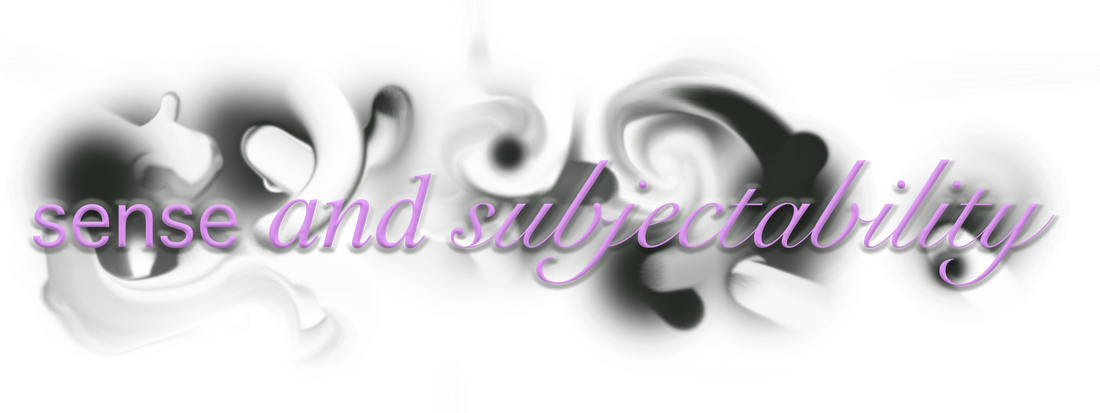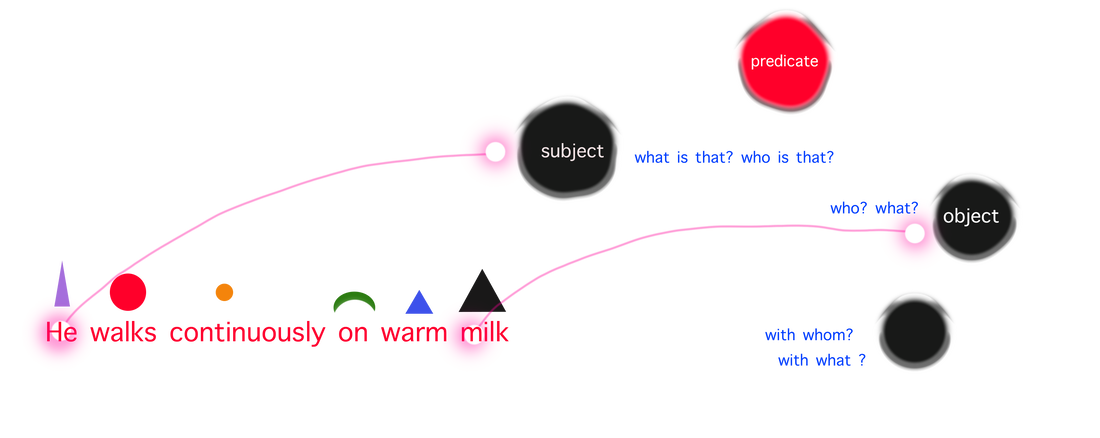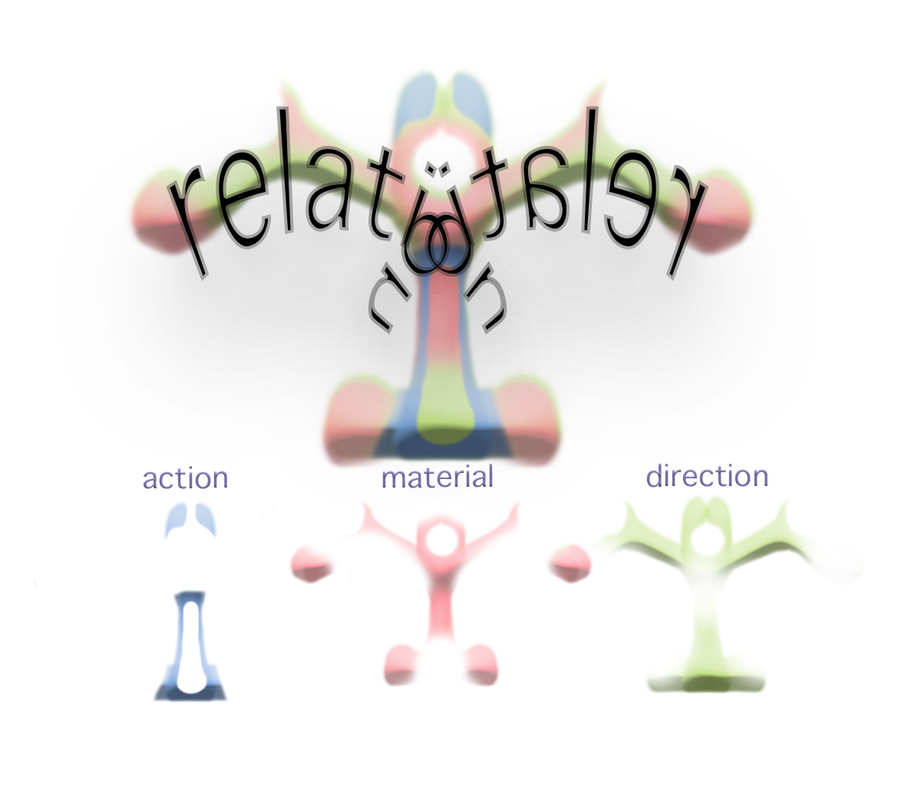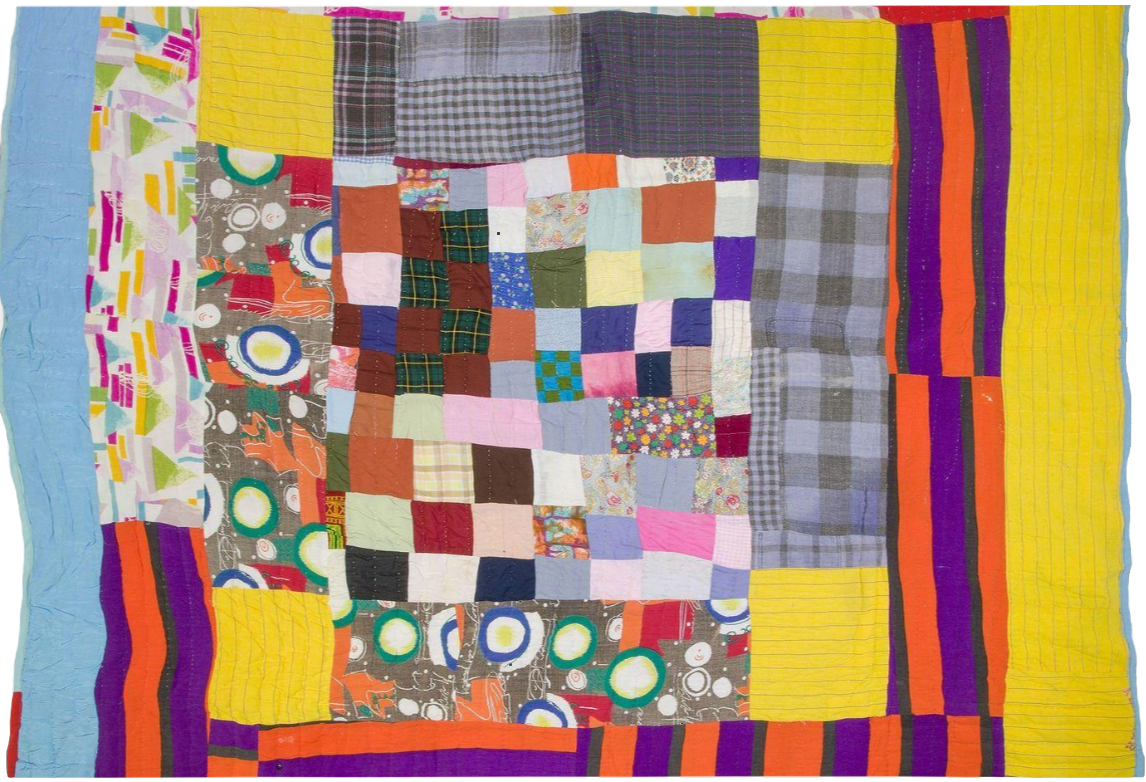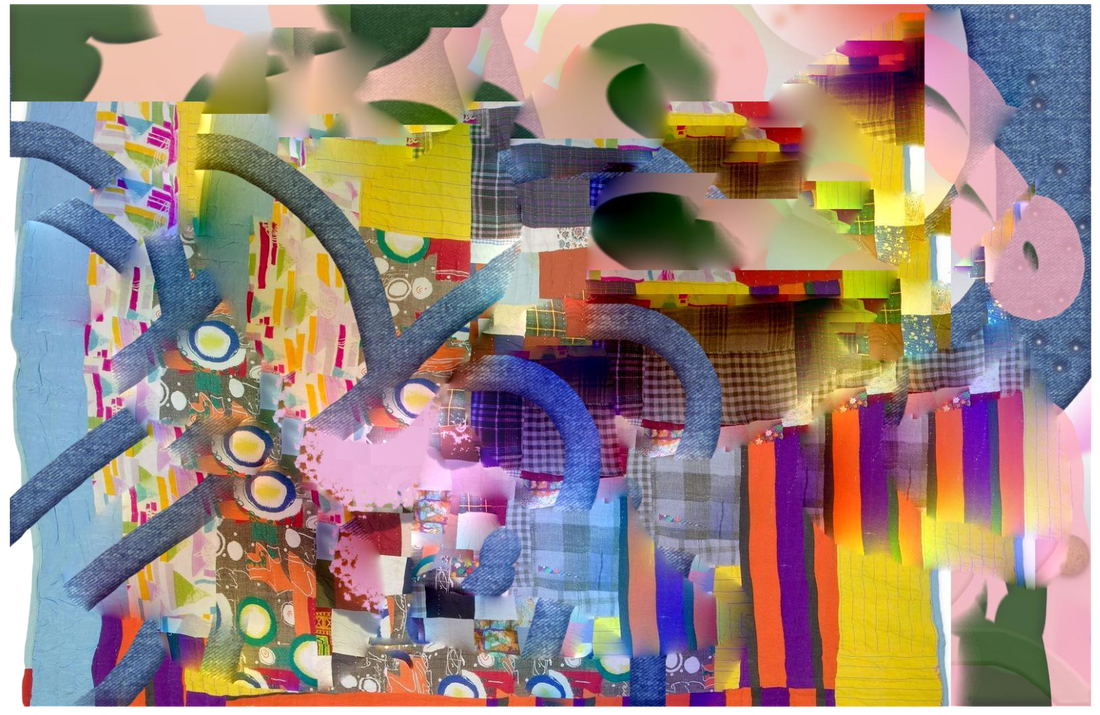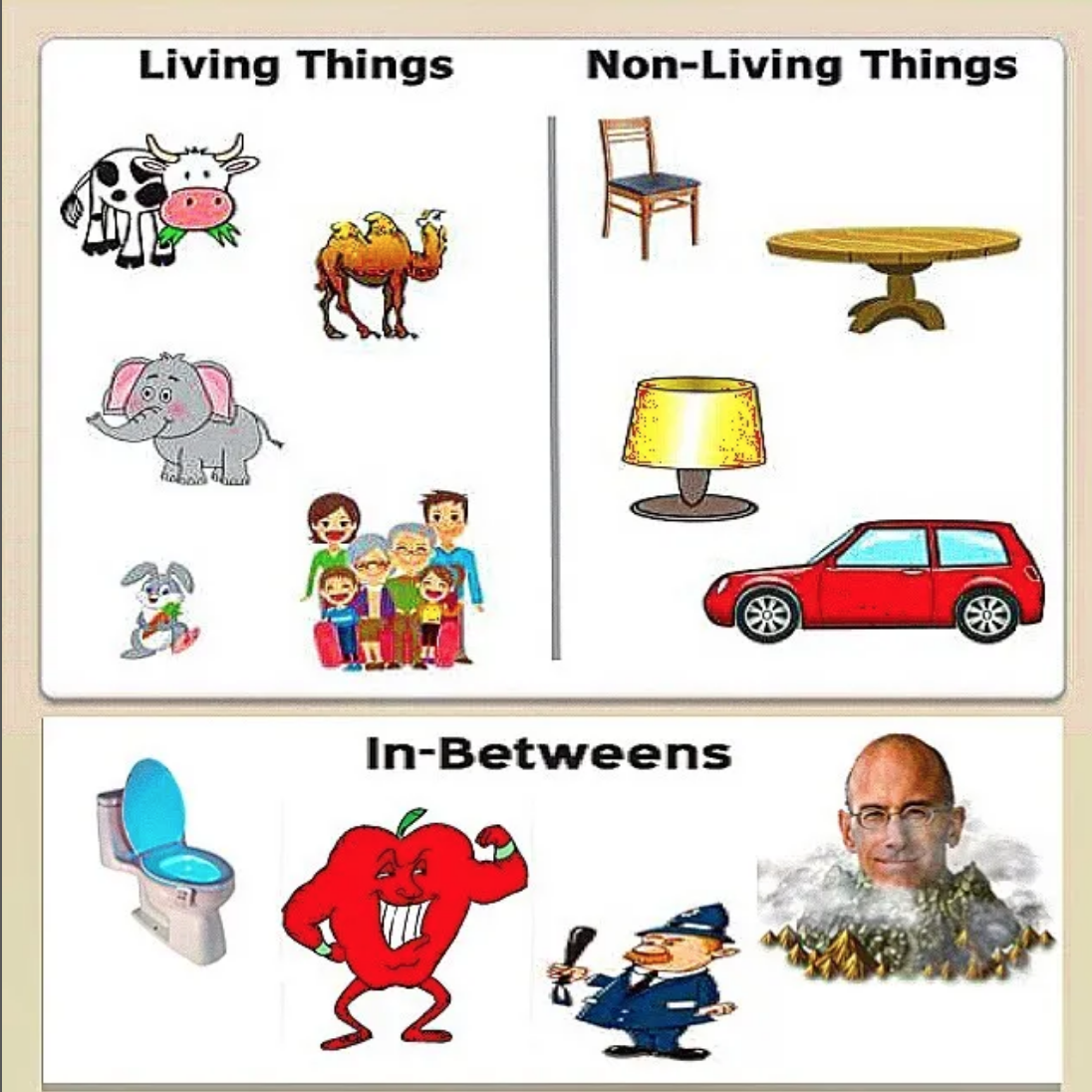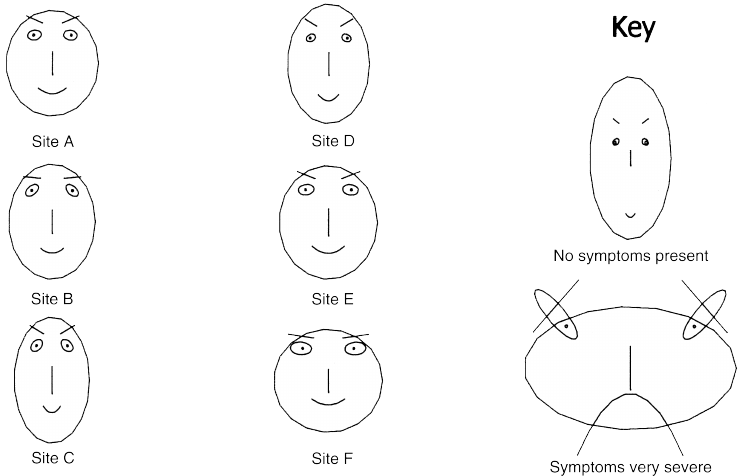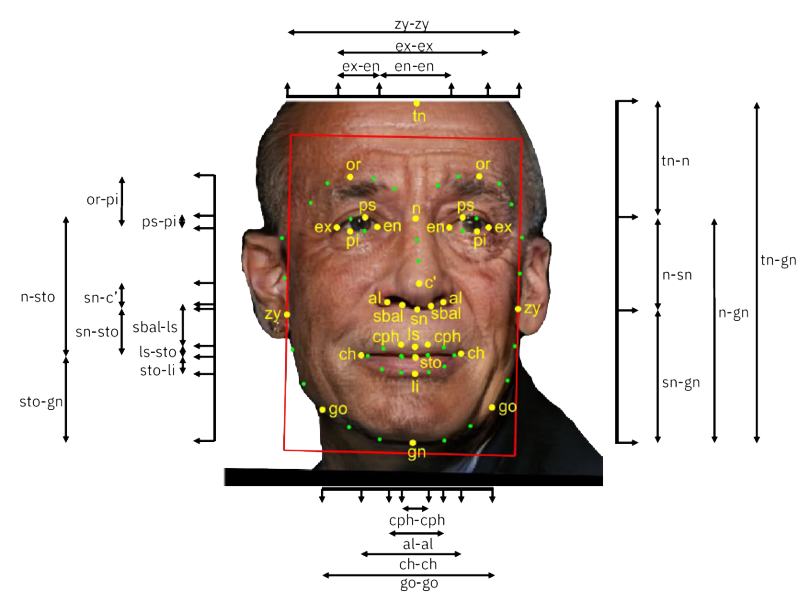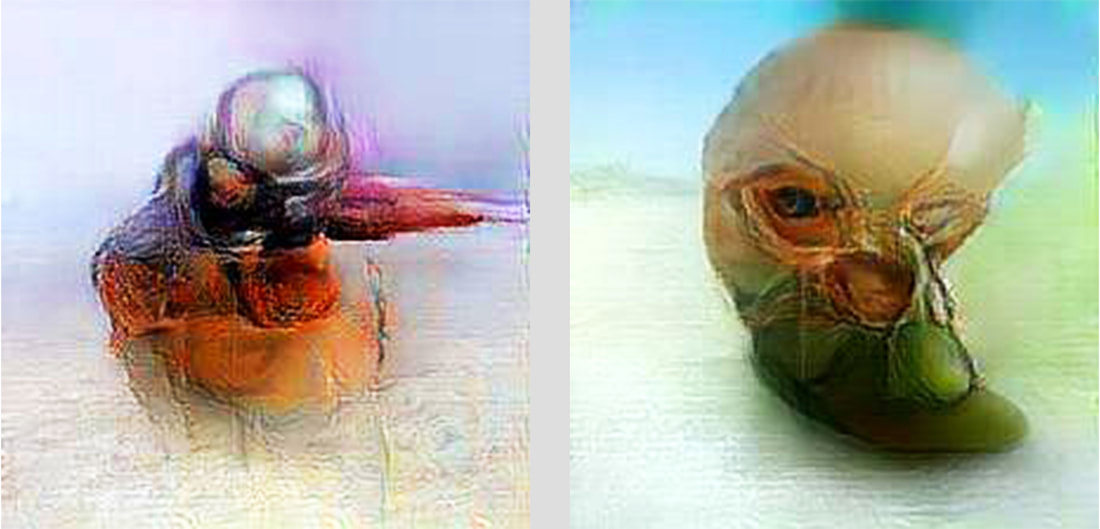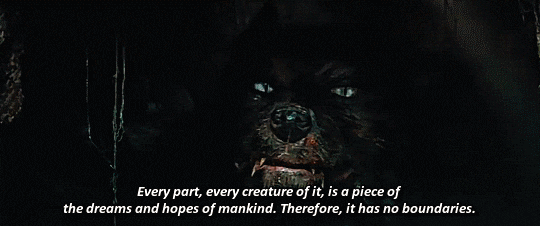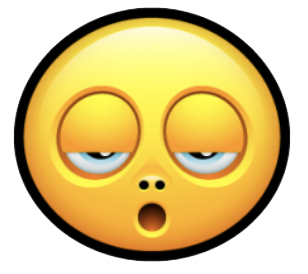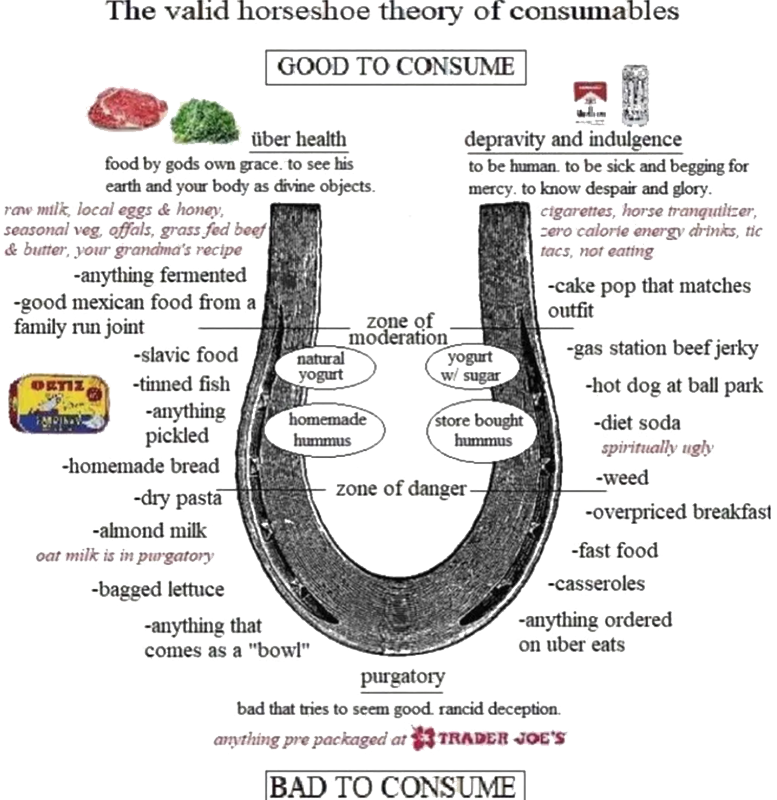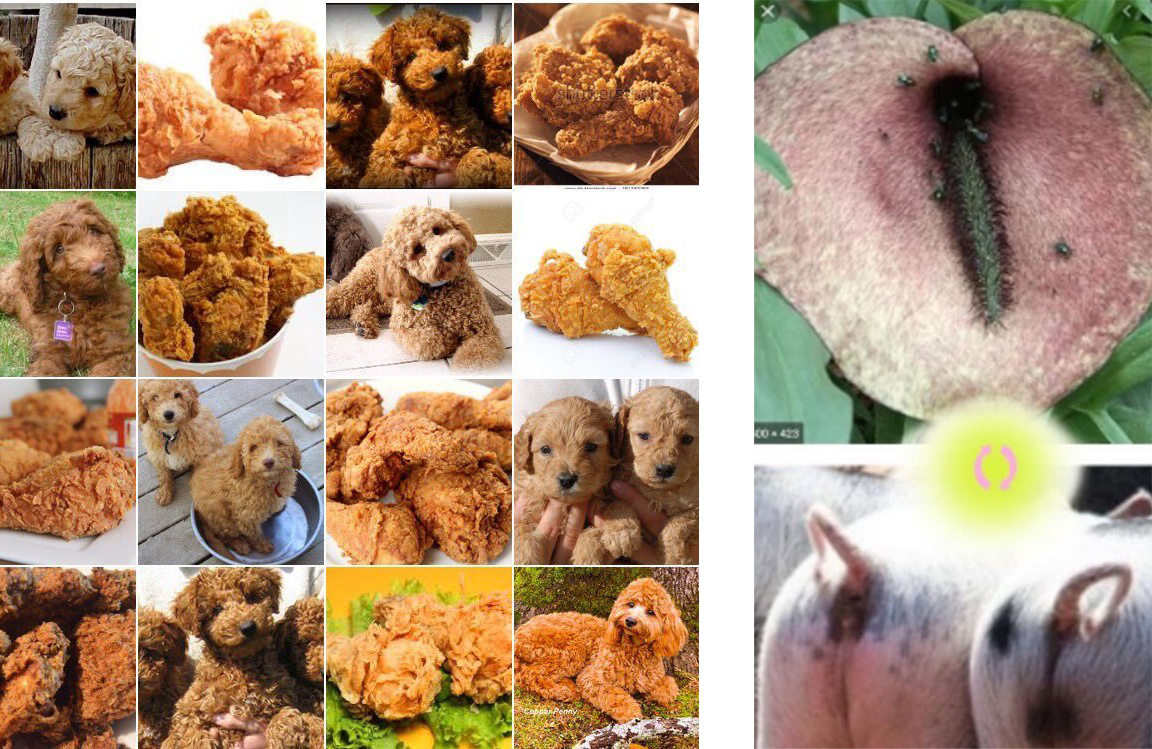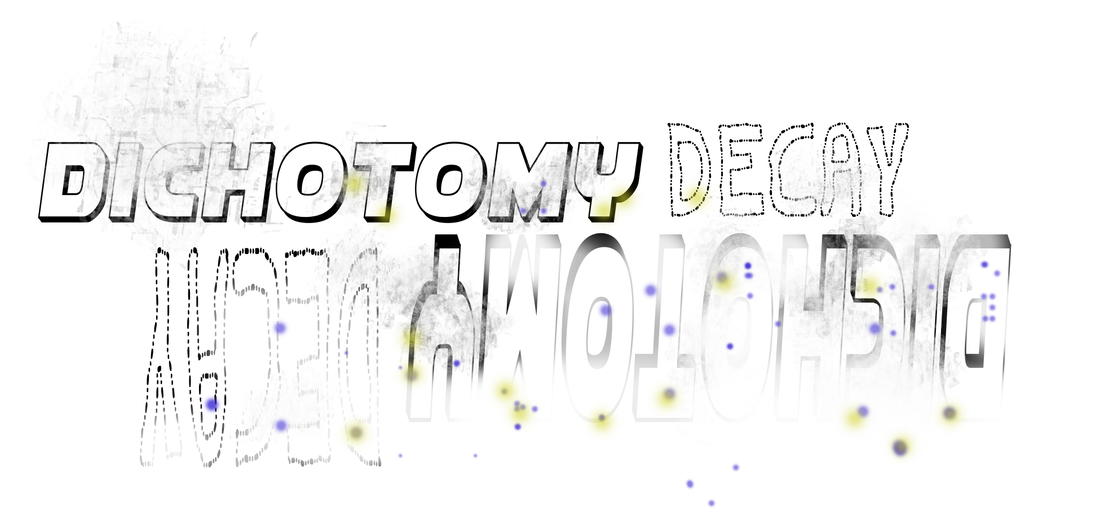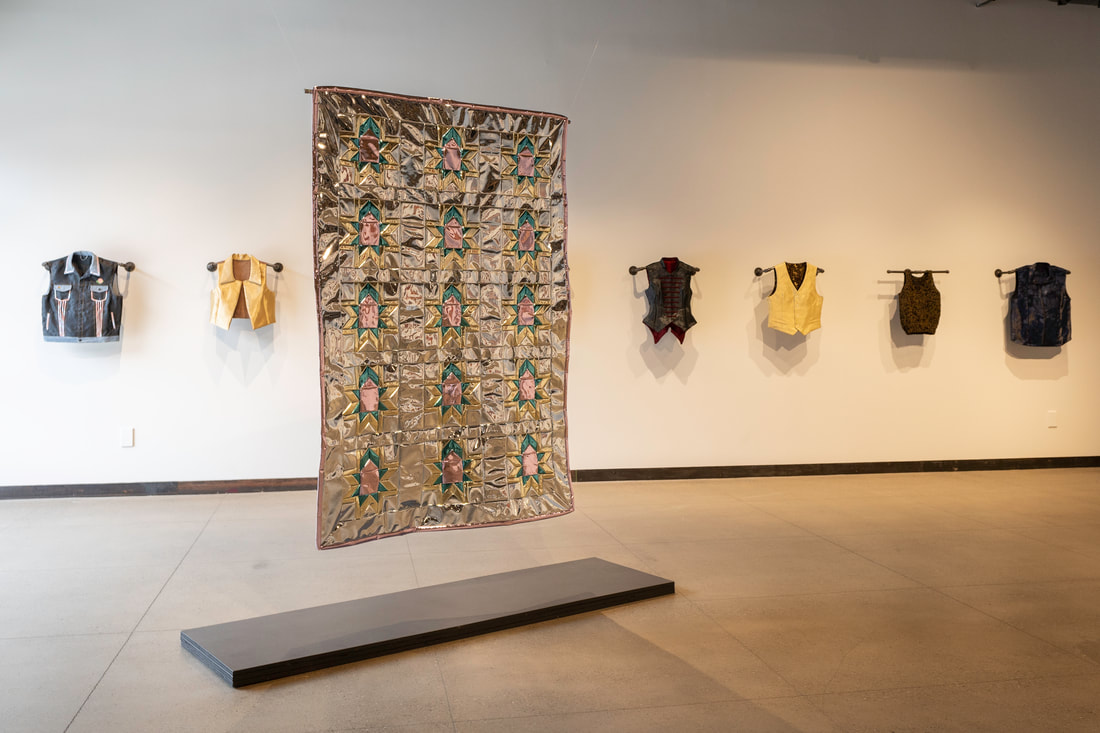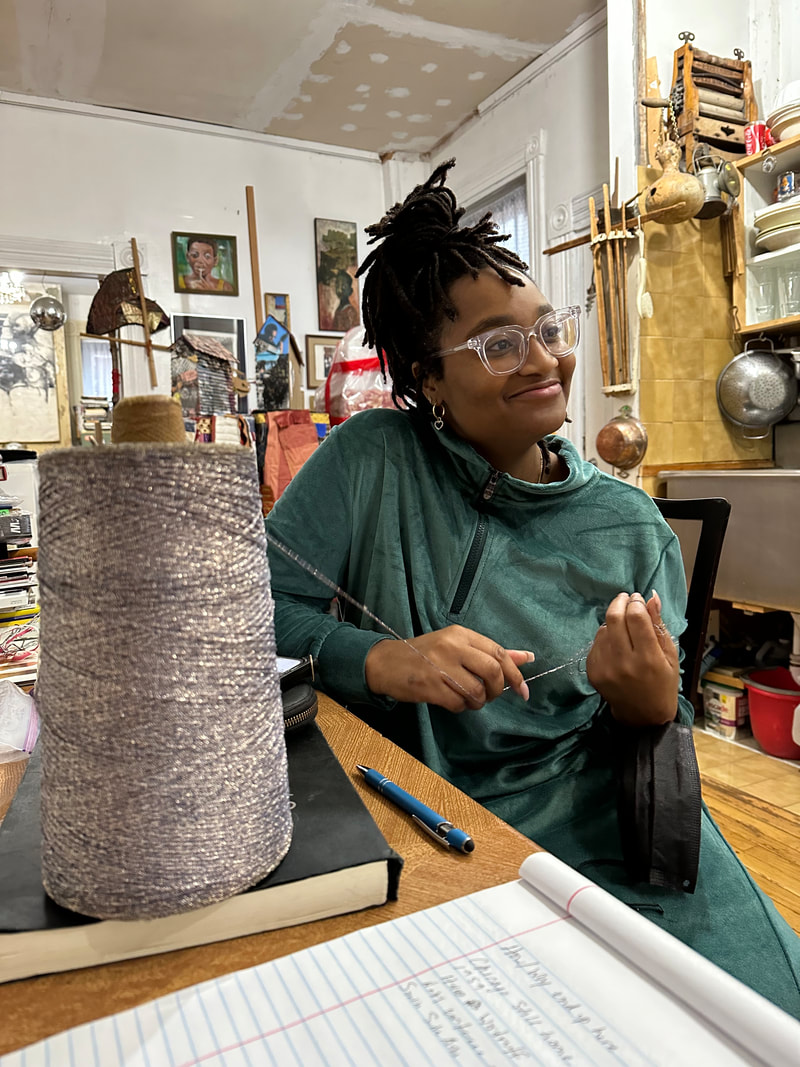
by Kira Bell. Edited by Harrison Kinnane Smith and Anna Mirzayan
The views and opinions expressed in this series are solely those of the author. They do not reflect the opinions or views of Bunker Projects or its members.
In Information, Intimacy & Immateriality, our first serial publication at the Bunker Review, author Kira Bell explores language, intimacy and technology. You can read Bell’s contextualizing “Note on Legibility,” as well as the full series announcement, here.
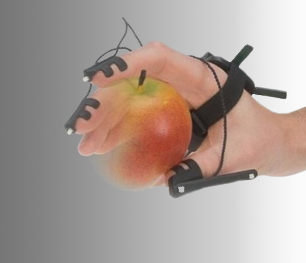
|
The danger of poetry is its ability to confuse milk and meat,
of something given and of something taken by violence. Poetry is the foundation of language.
Thus language is the arbiter of forgetfulness. The danger of forgetting is more aptly the danger of beauty. Beauty is known to us as deception. And Deception is the currency of velocity, Deception is an act of
violence, thus speed is violent as well But velocity is the nutrient of love, love is the enemy of violence And love is the impetus for life, violence breeds decay, but decay is equally the impetus for life
And Life is the reason for poetry. All of everything is dependent on the friendship of creation and decay, powered by constant exchange between them, by movement, change, and ultimately velocity. Godspeed is a state beyond simultaneity wherein all information is processed instantaneously through the mechanism by which it is received, godspeed is the velocity of consciousness. Computers can approximate this speed but cannot surpass it without sentience, just like we can’t move faster than the speed of light
without
collapsing tim e.
Godspeed is the barrier between creatures and things. |

| BIRTH OF A NEW DOMINANT FORM | COINCIDING SOCIAL AND POLITICAL MOVEMENTS | EFFECTS |
|---|---|---|
| PRINTING PRESS | Mass production of the Bible, colonization, enlightenment. | Mass proliferation of binary morality as expressed in the Bible, a shift toward what Nietzsche would call Slave Morality, a rise in the use of statistics. |
| PHOTOGRAPHIC IMAGE | Industrialization, modernism, mass exploitation of labor, formation of unions, women’s suffrage. | An increase in the speed of production, transportation and the reproduction of imagery, growing emphasis on advertising, changing standards of living and changes in workplace regulations. |
| TELEVISION | Pop Art, corporate consolidation, 24 hour broadcast news, advancements in civil rights. | A concentration of corporate power, the extentension of electronic media into the home and private spaces, growing interest in populat culture and tabloid news, distrust in the government as a singular authority. |
| PERSONAL COMPUTER | Globalization, technophilia, cyberpunks, art surrounding identity politics, activism for LGBTQ rights. | The formation of search engines, expedited communication, an interest in decentralizing power via the open source revolution. |
| SOCIAL MEDIA | The iPhone, neoliberalism, virtue signaling, formation of the alt-right, emphasis on customization and accessibility. | A total interconnectivity no longer bound by the constraints of space and time, an understanding of the body as a raw material to be molded. |
Most commonly, when a hard drive is corrupted, the issue is not that the data has been deleted but that the hard drive has lost the map of code that explains the way the information is organized and thus how to access it — implying the hard drive’s ability to process information is linked to the way it has been programmed to access it. Extending this idea to our own relationship with information, media works like a
Beginning in the Enlightenment era, science and the ability to mass print coincided as the study of statistics. Because Western values are prominently based in Christian morality that encourages a binary understanding of good and evil, the use of empirical data can be leveraged for biological control, validating racist and sexist theories from phrenology to I.Q.-based eugenics. Not only is the use of data easily made violent, its collection can cause violence as well. Our linguistic attachment to numerical certainty works against the best interest of our species. Giorgio Agamben cites the anti-terrorist hysteria in the United States after 9/11 as the nexus of our current era in which inflammation and public unrest is the standard — a reality that allowed, in turn, an expansion in the collection and use of data in the name of security. The ideological precursor to this phenomenon resides in ancient history, as humans have consistently used mortal fear as a disciplinary tool (re: eternal damnation). The degree to which we are affected by this attempt to control us depends on the speed and direction of information we consume. Our accelerated ability to produce and consume information makes the origin and intent of its creator more and more opaque. Since the beginning of the 24-hr news cycle, media has infiltrated our experience both in and outside the home; information envelops us like an aspic, simultaneously transparent and grotesque. This is what Agamben calls the “depoliticization of citizenship.” “Video-recorded place is no longer an agora and becomes a hybrid of public and private, a zone of indifference between the prison and the forum.” In claiming the end of politics, he means that the term politics is inadequate in describing our current state of affairs because it evokes a purely public space that no longer exists.
Dataism (the contemporary descendant of statistics) relies on information collected via mechanisms of digital surveillance that are frequently unknown to the user. Following the creation of social media, the zone Agamben previously described “between the prison and the forum” is extended to all of cyberspace. It now exists on your home computer and the cell phone in your pocket. Because these items act as most peoples’ primary interface to the outside world, the dissolution of privacy and publicity becomes projected onto our notion of self. Social media’s promise to grant us the power to represent ourselves in the almost full complexity of our form (ie. visually, intellectually, emotionally, and aspirationally) has made us complicit in upholding the same
Exponential leaps in the capabilities of communications technology have significantly diminished the spatial and chronological constraints of human interaction. It has become commonplace to receive multiple streams of data from multiple sources at once without differentiation. This allows the online subject to exist far beyond the limited capacity of the physical one it signifies, making it much more vulnerable to the assumptions of value and validity online platforms rely on. As subjecthood becomes increasingly
When all things are recorded and stored as data, our sensory experience exists simultaneously with its signifiers. The only other scenario wherein the past exists simultaneously with the present is the human brain. And, like in a brain, this almost infinite well of digitally recorded information must be organized, forcing us to again make evaluative judgments. Externalizing our desire for categorization, we’ve programmed synthetic neural networks to do this for us. Artists like Hito Steyerl18 and Trevor Paglen19 have taken on the task of delving into the digital invisible to make sense of the ways virtual representation complicates agency, subjecthood, and what/who can be considered true and real in this new state of immateriality. In Paglen’s work Image Net Roulette, he invites users to upload personal pictures to be processed by an inverted version of Google’s image recognition AI which displays a list of possible tags for each image — exposing the absurd, often racist, biases of the widely used AI’s programming. Steyerl discusses similar biases in her essay “A Sea of Data: Apophenia and Pattern (Mis)Recognition,” giving form to the agency of increasingly pervasive digital actors. Each of these exercises in representation have origins in early modernist movements,
Though the modes of oppressive power may take on different forms (biopower in the time of statistics, psychopower in the time of dataism, and now aesthetic power in the neoliberal era) they each use information as material. To reorient our imbalanced relationship to information, we must begin to disentangle language and power from our positions as subjects, and look at the ways information is perceived, processed, and transmitted by entities deemed objects rather than subjects. Examples of representative models that extend our notion of agency to entities traditionally overlooked can be found in works of political theory, science fiction, and art. This sentiment is echoed in Bruno Latour’s actor-network theory which uses
If we accept that our ways of understanding are inevitably tinted by our attachment to identity, cultural allegiance, and community, we must accept that our conception of value is subjective. Value is shorthand for a hierarchical mechanism of organization. It doesn’t take an economist to recognize that value is no longer dictated by scarcity, demand, or any other physically determinable functionality or necessity (a phenomenon most obviously demonstrated by
The growing separation between value and its signifiers in popular culture appears in early stages as a joke. The humor in connecting entities of drastically different social implications, despite serving similar functions, is uncomfortable and unexpected, two qualities that make things funny. This tension is based in our attachment to cultural signifiers as a means of forming identity. What is considered ironic is dependent on the implicit values of the populace (and those are rapidly changing), so resistance to recodifying our signifiers is totally situational. Recently, cultural producers have opted toward aesthetics previously deemed pedestrian by romanticizing markers of the mundane — Crocs and fast food logos on the runway, street guard vests on every hypebeast in 2018, tiny houses, trust punks, ‘naive’ painting style, scratcher tattoos, noise music, etc. — in a performative refusal of traditional capitalist conceptions of value. But this endeavor at subversion is undermined by the fact that it exists on the heels of much more contentious patterns of appropriation.
Aesthetic associations tend to mirror cycles of power distribution because historically appropriation is carried out from positions of power: white European artists took painting styles from indginous sensibilities just like big fashion brands took streetwear aesthetics from black designers in Harlem. The inverse happens as well, high end designer wear is counterfeited and customized by its new broader audience. The accessibility of knock offs and second hand items allow those outside the formal canon of fashion to reimagine mainstream stylings in creative and novel ways. These new models often end up being co-opted by the same high end designers to inform trends of the future. The cycle of cultural production is both generative and self-destructive, because there is a fundamental distinction between the ways appropriation is bound to ownership in these two circumstances. Intellectual property can be monetized, so when the wealthy take ideas from the poor they are effectively seizing the means of production from those who had little capital in the first place. When those with little means reinterpret the standards that the wealthy have thrust upon them, they are reclaiming what would be, in a more egalitarian economy, their right to create. However, the speed at which these standards are established, disseminated, and appropriated has accelerated to the rate of invisibility, making them nearly impossible to trace back to their original creators.
Though our signifiers are quickly becoming more contextually nuanced and specified, our understanding seems to be evolving at a slower pace. We’ve used the rhetoric of aestheticization to reinforce outdated structures of social organization and exploitation without upsetting contemporary audiences (think queer-coded corporate advertizing, Instagram infographics about reaching your full potential through “hustling”). Even positively motivated efforts to dismantle disproportionate power relations like the Me Too movement run this risk — cancel culture bears a resemblance to the beheading of heretics in the middle ages. Companies intentionally mime the language and style of
In spite of the growing disconnect between reality and representation, we’ve held onto the expectation that certain aesthetics are attached certain values. That expectation presupposes that each attempt at altering aesthetic standards is an attempt at altering systems of value. It feels silly or shallow to be attached to style so deeply, but it doesn’t feel so silly to be attached to morals, philosophies, values, or whatever you choose to call your personal framework of beliefs. We are emotionally invested in the aesthetics we choose to align ourselves with because they are supposed to mean something, and centuries of conditioning have ingrained classification into our notion of selfhood. Selfhood can be understood to work like the application Google Maps— it uses so much power because it is constantly trying to assess where it (the individual) falls in relation to everything else (its community, work place, social circles). Moreover, like Google maps, the system selfhood attempts to locate itself within is ultimately arbitrary, implemented by forces (governments and institutions) whose goals only occasionally align with that of the user (the individual). Only when this application is turned off will the computer (our mind) be able to carry out other operations swiftly and easily. This metaphor suggests that because all hierarchical systems of organization are based on
The destruction of familiar taxonomy feels like the destruction of us as a species, but this sentiment can be simply countered by a recognition of ourselves both apart from and as a result of our socio-techno-linguistic affect. This recognition makes obvious the absurdity of asking a nonbinary person what percent woman they are, or an indiginous person to set a numerical price for land their family lives off of, just as you would not ask someone what a text message smells like. It is absurd not because prices or percentages are difficult concepts to understand, but because there is no actionable recourse for that information when detached from the supremacist construction of value. Many ancient and non-western organizations of knowledge have useful and poetic ways of describing this position. Astrology uses the logic of physicality to explain complex social and psychological phenomena in terms of polarity, modality, and element (fig. 14). Though astrology’s specific assignments of meaning are controversial and often misrepresented, its use of mutually applied gravitational pulls to explain relative attraction, alignment, or friction suggests a possible reframing of other complex systems in the same way.
will be there still – dido 25
The Heisenberg Uncertainty Principle states that you can either know the exact speed or the position of a particle, but you cannot know both at once. We have already developed many ways of articulating position, but position is only one variable in a multidimensional system suspended in perpetual motion. The rate technology allows us to represent things is accelerating far beyond our ability to produce them and much further still beyond the rate at which we can comprehend them. When was it ever a good idea to speak or act upon notions you don’t understand? We cannot control our bodies and environments to the extent that we can control the forms of representation. Abstraction will never liberate us from the limitations of space, time, and material because we are space, time, and material. Rather than attempting to collapse space and time to force each other to understand our particular semantic coding of position, an ontology that is capable of describing both physical matter and its abstractions only in terms of their interactions, a relational language for our already relational knowledge.
Situations that appear to us as contradictory look that way because we have been trying to understand many things in motion as if they were one thing that is still. Parallel evolution provides examples of how we can use our interlocking network of interactions to help each other out, even if our objectives are different on the surface. If we can empathetically understand that difference itself is a description of position and all positions are temporary, we can understand more empirically that there will always be people that need things and people that have things, and the only way to balance that equation is through constant mutual sharing. If we begin to put real effort toward understanding the world in terms of how it came to be, rather than how it appears, we’d find that all relationships are the result of simultaneous truths manifesting from a shared impulse — a fundamental desire to maintain life.
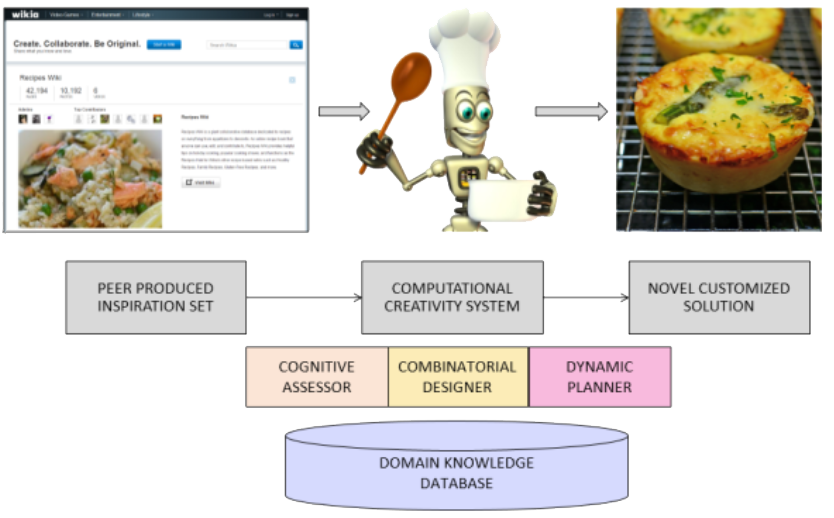
Notes:
1 Donna Jeanne Haraway, Cyborg Manifesto (Victoria, British Columbia: Camas Books, 2018).
2 Mel Y. Chen, “Introduction: Animating Animacy 1,” in Animacies: Biopolitics, Racial Mattering, and Queer Affect (Durham, NC: Duke University Press, 2012).
3 Wendy Hui Kyong Chun, “On Software, or the Persistence of Visual Knowledge.” (Cambridge, January 1, 2005).
4 Wolpert D.H. (2018) Theories of Knowledge and Theories of Everything. In: Wuppuluri S., Doria F. (eds) The Map and the Territory. The Frontiers Collection. Springer, Cham. https://doi.org/10.1007/978-3-319-72478-2_9
5 Mark P Mattson, “Superior Pattern Processing Is the Essence of the Evolved Human Brain,” Frontiers in neuroscience (Frontiers Media S.A., August 22, 2014), https://www.ncbi.nlm.nih.gov/pmc/articles/ PMC4141622/.
6 Friedrich Wilhelm Nietzsche and Francis Golffing, The Birth of Tragedy and the Genealogy of Morals (New York, NY: Anchor Books, 1990).
7 Derrida, Jacques, “Signature, Event, Context.” First published in English in Glyph 1, Johns Hopkins University Press, 1977, pp. 172-197.
8 Marshall McLuhan, accessed January 12, 2022, www.youtube.com/watch?v=UoCrx0scCkM.
9 Roland Barthes, Rhetoric of the Image, 1977.
10 Trevor Paglen, “Operational Images – Journal #59 ,” e-flux Journal, November 2014, https://www.e-flux.com/journal/59/61130/operational-images/.
11 Patricia MacCormack, “Cosmogenic Acceleration: Futurity and Ethics ,” in The Internet Does Not Exist (Berlin: Sternberg Press, 2015).
12 Gilles Delueze and Félix Guattari, What is Philosophy?, trans. Hugh Tomlinson and Graham Burchell (New York: Columbia University Press, 1994), 169.
13 Michel Foucault, “Chapter 3: Representing I Don Quixote,” in The Order of Things: An Archaeology of the Human Sciences (London: Routledge, 2010), pp. 46-49.
14 Friedrich Georg Wilhelm Hegel et al., The Encyclopaedia Logic, with the zusätze: Part I of the Encyclopaedia of Philosophical Sciences with the zusätze (Indianapolis: Hackett, 1991), 154.
15 Ward, Alie. Dolorology (PAIN) with Dr. Rachel Zoffness. Other. Ologies, 2021. https://www.alieward.com/ologies/dolorology.
16 Giorgio Agamben, State of Exception (Chicago, IL: Univ. of Chicago Press, 2005).
17 “G: Unfit,” Radiolab (WNYC Studios, 2021), https://www.wnycstudios.org/podcasts/radiola b/articles/g-unfit.
18 Hito Steyerl, “A Sea of Data: Apophenia and Pattern (Mis-)Recognition – Journal #72 April 2016 – e-Flux,” e-flux journal , 2016, https://www.e-flux.com/journal/72/60480/a-sea-of-data-apophenia-and-pattern-mis-recognition/.
19Crawford, Kate, and Trevor Paglen. “The Politics of Images in Machine Learning Training Sets .” Excavating AI , 2019. https://excavating.ai/.
20 Paul Graves Brown and Bruno Latour, “The Berlin Key or How to Do Words with Things,” in Matter, Materiality and Modern Culture (London: Routledge, 2000).
21 Anika Yi, “Contamination and Containment” Elaine Terner Cooper Education Fund Conversations with Contemporary Artists series (April 21–July 5, 2017).
22 (Serpentine Gallery), accessed April 22, 2022, https://www.serpentinegalleries.org/whats-on/pierre-huyghe-uumwelt/.
23 Lauren Gail Berlant, Cruel Optimism (Durham, NC: Duke University Press, 2012).
24 Sophie Weiner, “Why It’s Impossible to Accurately Measure a Coastline,” Popular Mechanics (Popular Mechanics, November 2, 2021), https://www.popularmechanics.com/science/environment/a19068718/why-its-impossible-to-accurately-measure-a-coastline/.
25 Dido. White Flag. CD. Life for Rent. Arista, 2003
Kira Bell is a multidisciplinary artist, clothing maker, and tattooist living in Baltimore Maryland. She was born in Dallas, Texas under the 7th house in the sign sagittarius. She received her BFA in Interdisciplinary Sculpture at The Maryland Institute College of Art in 2020. Kira also attended The Glasgow School of Art for Sculpture and Environmental Art and participated in residencies at the Yale Norfolk School of Art at and Korea National University of the Arts in Seoul. Her work explores the physics of abstract interaction through the synthesis of fantasy, mysticism, and natural science to ask questions like how does language move? Does it share a horse’s gait, or dissipate like an aerosol perfume?
You might also like these posts
view our services
More about Chronicle
Back to the Journal
Still browsing? You might like to check these out!
© Chronicle | Legal | Site Credit | Images courtesy The Humble Lion + Pexels

